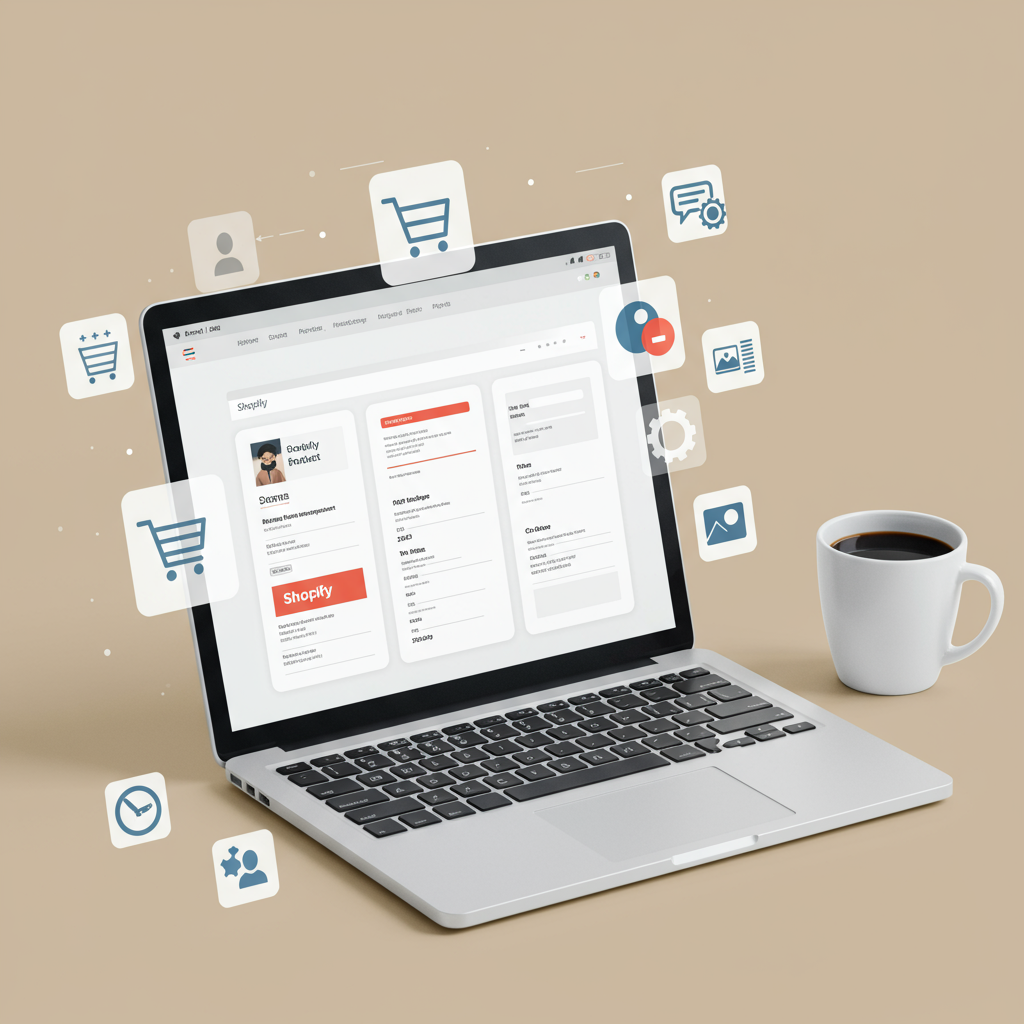Unlock the full potential of your Shopify store by optimizing your product pages for search engines, attracting high-intent buyers directly to your offerings.
Hello fellow merchants! Today, I want to talk about something incredibly vital for your Shopify store’s success: optimizing your product pages for search engines. Many store owners focus on their homepage or blog, but your product pages are where the magic happens – where conversions occur.
Think about it: when a potential customer searches for a specific product, they’re often ready to buy. If your product page ranks high, you’re directly in front of a high-intent buyer, significantly increasing your chances of making a sale.
It’s not just about getting traffic; it’s about getting *qualified* traffic. SEO ensures that the people landing on your product pages are actively looking for what you offer, leading to better conversion rates and a healthier bottom line.
Shopify is fantastic because it provides many SEO features right out of the box, making it easier for us to manage our store’s online presence. However, simply having these tools isn’t enough; we need to know how to use them effectively.
Let’s start with the basics: your meta title and description. These are the first things searchers see in the search results, acting as your digital storefront sign. They need to be compelling and keyword-rich.
Your product’s meta title should include your primary keyword, the product name, and ideally your brand name. Keep it concise, typically under 60 characters, to ensure it displays fully in search results.
The meta description is your opportunity to entice clicks. It should summarize the product, highlight key benefits, and include a call to action, all while incorporating relevant keywords. Aim for around 150-160 characters.
Before you write a single word, you need to understand what your customers are searching for. This is where thorough keyword research comes into play, forming the bedrock of your product page SEO strategy.
Utilize tools like Google Keyword Planner, Ahrefs, SEMrush, or even Google’s “People also ask” and “Related searches” sections. Look for keywords with decent search volume and manageable competition.
Don’t overlook long-tail keywords – these are longer, more specific phrases (e.g., “organic cotton baby blanket for sensitive skin”). They often have lower search volume but higher conversion rates because they indicate stronger purchase intent.
Your product title on the page itself should be your H1 tag. It needs to be clear, descriptive, and naturally incorporate your primary keyword. This tells search engines and users exactly what the page is about.
This is arguably the most critical section. Your product description isn’t just a list of features; it’s a sales pitch. Make it unique, engaging, and informative, addressing potential customer questions.
Naturally weave your primary and secondary keywords throughout the description. Avoid keyword stuffing; the text should flow naturally and be easy for humans to read.
Break up long paragraphs with bullet points, subheadings (H2, H3), and bold text to improve readability. Consider adding videos or interactive elements if applicable, as rich media can boost engagement.
Clearly articulate what makes your product stand out. Is it eco-friendly? Hand-made? Does it solve a specific problem better than competitors? Highlight these USPs prominently.
Images are crucial for e-commerce, but they can also slow down your site if not optimized. Ensure your images are high-quality but compressed for web use. Shopify often handles some compression, but external tools can help further.
Every image needs descriptive alt text. This text helps search engines understand what the image is about and is vital for accessibility. Use keywords naturally within your alt text (e.g., “red leather women’s handbag with gold clasp”).
Shopify automatically generates URLs, but you can edit them. Aim for clean, concise, and keyword-rich URLs. Avoid long strings of numbers or irrelevant characters. A good URL might be `yourstore.com/products/red-leather-handbag`.
Link to related products, collections, or relevant blog posts from your product descriptions. This helps search engines discover more of your content and keeps users engaged on your site, improving your site’s overall SEO.
Encourage customers to leave reviews. Reviews provide fresh, unique content for your product pages, often containing natural language keywords. They also build trust and social proof, which are huge conversion factors.
While Shopify handles some basic schema, consider using apps or custom code to implement more detailed Product Schema. This tells search engines specific details like price, availability, and ratings, often leading to rich snippets in search results.
A slow product page is a conversion killer and an SEO detriment. Optimize images, minimize app usage, and consider a fast theme. Use Google PageSpeed Insights to identify areas for improvement.
Most online shopping now happens on mobile devices. Ensure your product pages are perfectly responsive and offer a seamless experience on smartphones and tablets. Shopify themes are generally mobile-friendly, but always double-check.
SEO isn’t a one-time task; it’s an ongoing process. Regularly check your product page performance using Google Analytics and Google Search Console. Look at traffic, bounce rates, conversion rates, and keyword rankings.
Identify underperforming pages and refine their content, keywords, and images. A/B test different descriptions or calls to action. The digital landscape is always changing, so your SEO efforts should evolve too.
I’ve shared a lot of information here, covering everything from basic meta tags to advanced schema markup. What do you think about this article? I’d love to hear your thoughts and any strategies you’ve found particularly effective for your own Shopify stores.
By diligently applying these SEO strategies to your Shopify product pages, you’ll not only attract more qualified traffic but also significantly boost your conversion rates. It’s an investment that truly pays off in the long run.
Remember, the goal is always to provide the best possible experience for your customers, and search engines reward websites that do just that. Happy optimizing!






